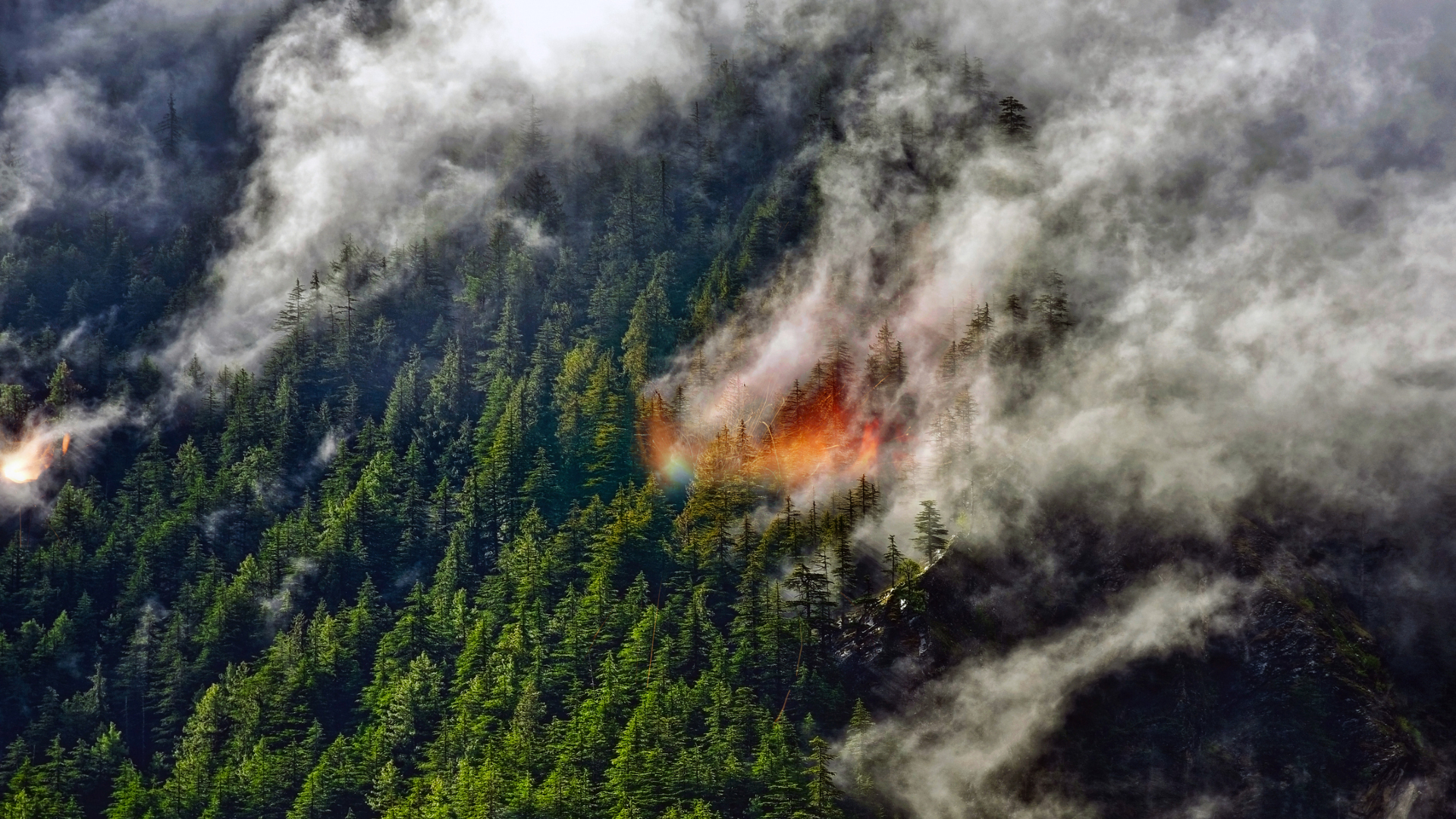A colossal 'hole' in the sun's atmosphere could supercharge Earth's auroras on March 24
Similar situations have produced auroras as far south as New York and Idaho.

A "hole" in the sun's atmosphere may produce a dazzling light show on Earth in the coming days.
A moderate aurora watch is in effect Friday (March 24) for higher latitudes of Earth due to a coronal hole, an opening in the sun's magnetic field, according to the U.S. National Oceanic and Atmospheric Administration (NOAA).
When these holes open in the corona, the sun's upper atmosphere, they allow an increased flow of the charged-particle stream known as the solar wind. In similar situations, coronal holes have led to auroral displays as far south as New York and Idaho, according to spaceweather.com.
Related: Strange unprecedented vortex spotted around the sun's north pole
The sun has been busy in recent months as it climbs toward an expected 2025 peak of its 11-year activity cycle. For example, NASA's Solar Dynamics Observatory recently spotted a gigantic "tornado" swirling across the sun's north pole.
For three days last week, boiling plasma rose high above the sun's surface, peaking at a height of 14 Earths or about 75,000 miles (120,000 kilometers) on March 18. When the tornado collapsed, the ejected material did not fly toward our planet, however.
Most solar activity is harmless, boosting auroras and causing minor radio blackouts, but NASA, NOAA and other groups keep a 24/7 watch on the sun just in case. Strong solar storms can occasionally short out satellites or affect electrical power supplies, like a blackout in Quebec, Canada that took place in 1989.
Breaking space news, the latest updates on rocket launches, skywatching events and more!
In recent years, NASA and the European Space Agency (ESA) have also launched satellites that swoop close to the sun to examine its corona and structures on the surface. NASA's Parker Solar Probe and ESA's Solar Orbiter seek to better understand the makeup of the sun to improve space weather forecasts and continue to protect our planet and its environs spacecraft and humans alike.
Elizabeth Howell is the co-author of "Why Am I Taller?" (ECW Press, 2022; with Canadian astronaut Dave Williams), a book about space medicine. Follow her on Twitter @howellspace. Follow us on Twitter @Spacedotcom or Facebook.

Elizabeth Howell (she/her), Ph.D., was a staff writer in the spaceflight channel between 2022 and 2024 specializing in Canadian space news. She was contributing writer for Space.com for 10 years from 2012 to 2024. Elizabeth's reporting includes multiple exclusives with the White House, leading world coverage about a lost-and-found space tomato on the International Space Station, witnessing five human spaceflight launches on two continents, flying parabolic, working inside a spacesuit, and participating in a simulated Mars mission. Her latest book, "Why Am I Taller?" (ECW Press, 2022) is co-written with astronaut Dave Williams.
